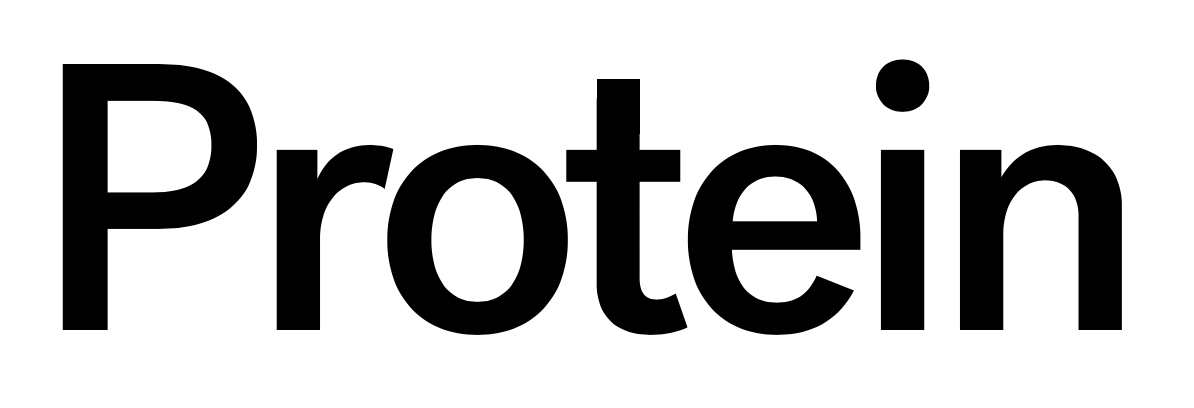Dreamology
Can dreams provide insights into our collective unconscious and predict shifts in consumer behaviour?

Dreamwork
A single dream can feel strange, almost disconnected from reality. But we now know that dreams are reflections of our waking lives. The thoughts, emotions, hopes, and fears that dominate our days often resurface at night. Because of their surreal nature, we tend to believe our dreams are unique to us – but they’re not. In fact, most dreams share common themes, particularly within our own community.
Most modern theories of dreaming still echo Freud. He said that these night-time stories contained coded messages from the unconscious. The part of our mind that holds beliefs that we may not be aware of yet. Jung expanded this theory and talked about the collective unconscious. A shared reservoir that goes beyond personal experience, crossing histories and borders. Jung thought dreams might contain personal messages and insights from our shared secret library.
Mining the collective unconscious is nothing new. Some estimates place its practice in human societies as early as 40,000 years BCE.
What is new, however, is our ability to perform this aggregation with speed, scale and rigour. A dream contains a piece of wisdom wrapped in background irrelevance. One way in is personal exploration – this was popularised in the 20th century under the umbrella of “dreamwork”. An alternative way is through the collation of dreams at scale. Viewed together and handled with care, like other forms of data, the dream signal-to-noise ratio strengthens and new tech in computational linguistics further helps to analyse large dream data easily.
Dream Culture
I’ve spent the past 10 years measuring corporate culture, and I’ve found that it’s toxic for 19% of employees. This toxicity impacts their health, careers and personal lives. Perhaps the most challenging aspect of this work is identifying the root cause. Psychological safety erodes quickly, silencing employees and cutting off vital information needed for meaningful intervention.
One experience that highlighted this was when I interviewed a particular team. Despite their employee survey scores rising every quarter, stress-related illnesses were regularly hospitalising them. It was in this moment of desperation that I turned to dreams within the corporate setting. What I found was striking: the dreams were eerily similar – stress, anxiety, a feeling of being trapped. These weren’t isolated metaphors; they formed a clear pattern. This became our entry point, a way to uncover what the survey had failed to reveal.
The invitation to share dreams provided burned-out employees with a new language – a way to communicate the environment they were navigating. This is a pattern we see in regions of global conflict and is increasingly being recognised as a means to understand shared crises.
Dreams have highlighted the anxieties surrounding the Covid pandemic, the US election, the Israeli-Palestinian conflict and the Russo-Ukrainian war. They reveal the common themes that shape how we perceive the world. Scholar Max Haiven explores how dreaming can be a collective, even radical, act. He argues that sharing dreams in public helps people rethink the world and forge new bonds of support.
Dream Insights
The promise of collective dreaming lies beyond its reflective power. Dreams offer a glimpse of the future. Dreams don’t just reflect what people say. They show what’s stirring at the edges of consciousness. The thoughts, fears and intentions that they may not even be aware of themselves. Collective premonitory dreams have heralded disasters and wars. These ideas were once seen as superstitions or supernatural beliefs. Now, people understand them as an intuitive recognition of cultural changes. A kind of overnight pattern recognition. Piecing together what the dreamer noticed but didn’t register.
Ideas, revolutions and decisions germinate in our collective unconscious. Then, they break through the soil into our material world.
Anthropologist Katherine Swancutt studied cultures across the globe that view dreams as the earliest stage of reality. She concludes, “Every world, in a sense, is the product of dreaming.” Political volatility makes more sense through this lens. For over 10 years, people have noticed that dreams can sway voters and change their loyalties. The dream content of Americans in 2020 was linked to their support for the Black Lives Matter movement. In our own work, we notice that population-wide changes in dreams about Trump pre-empt changes in his polling figures.
The predictive power of dreams extends to consumer behaviour. Around half of young Americans remember dreaming about a brand. Over one third (34%) say it encouraged them to make a purchase. This suggests dreams may highlight growing demand. And that’s just the beginning. By examining the dreams of the people they touch, brands learn what makes their community unique in terms of their deepest cares and concerns.

In September 2024, LEGO conducted a global study aimed at gaining deeper insights into how children imagine and engage with the world around them. This approach offers a clear example of how such research can be implemented in practice. The study gathered detailed information about children’s dreams, attitudes and creative thought processes, offering a direct window into the minds of their audience.
By understanding how children think and dream, LEGO was able to apply these insights to enhance their product development and refine their brand storytelling. The findings not only informed the design of new products but also shaped the narratives that LEGO uses to connect with children on a more personal, imaginative level – in doing so, building more relevant and meaningful experiences. In our own work, we have explored emerging populations of interest. This includes neurodivergent individuals and Gen Z.
Dream Big
Sharing dreams is fundamentally human. Dreaming has helped us evolve into a cooperative species. To hear someone’s dream is to recognise the full and deepest breath of their inner world. It instantly boosts empathy. But this intimacy makes dreams sensitive data. Legal, as well as dream, experts have warned of the impact. As we bring dreams into new contexts, we carry both their connective power and the responsibility to treat them with care.
We are in the early stages of utilising dreams at scale for commercial purposes. But people are already sharing dreams at scale. Across the open web and a growing number of journaling platforms, millions of dreams have already been recorded. This is an enormous amount of information waiting to be revealed about the collective psyche. AI-generated content is multiplying at speed. The Dead Internet Theory manifests by the day. In this landscape, organisations will become increasingly motivated to gather authentic human insights. Dream analytics is the answer.
Emily is our resident SEED CLUB dream expert - where we've created a safe space for members to share and discuss their dreams 💭
| SEED | #8306 |
|---|---|
| DATE | 01.04.25 |
| PLANTED BY | EMILY COOK |



Discussion